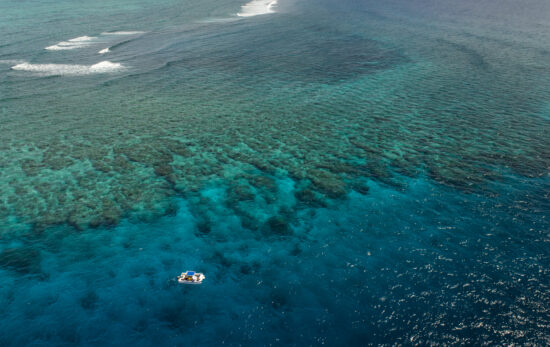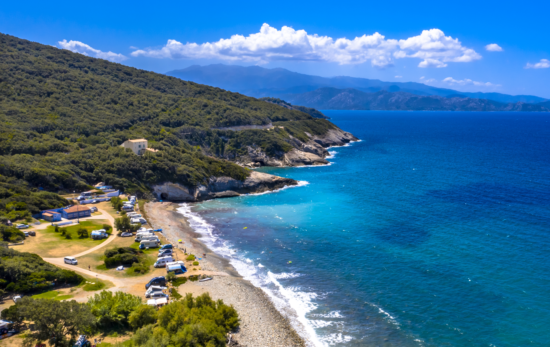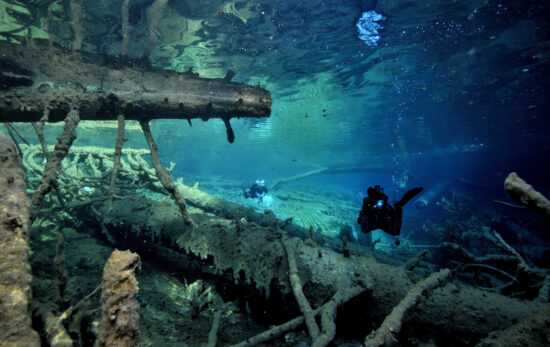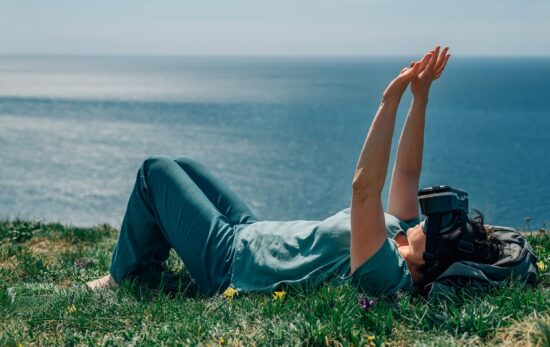I bobbed up and down in the crystal blue water, glanced round to find my buddies, then held up my arm and pressed deflate. It was the first time that I’d dived seriously in ten years and my adrenaline was pumping.
The air rushed out of my BCD and I inched below painfully slow. The waterline hovered around the top of my mask. I took a long breath out, thinking how I should have put an extra weight in my jacket. I pressed again. This time I descended and the great, big blue world revealed itself.
Spread out before me was The Big Cheese (in Spain), a massive rock formation with Emmantaler-like holes. As we went deeper, tiny black damsel fish with flourishing tails gave way to a lurking predator. The Divemaster shone his torch, giving away the camouflage of a menacing-looking moray eel.
As the group milled around, I tried to keep my fins to myself and to not let my arms flail about. I remembered the Divemaster from my first-ever course in the Red Sea, who so elegantly kept his arms folded across his chest, effortlessly gliding with expert buoyancy and only an occasional kick. In those moments, that’s what it means to go with the flow.
Diving for the first time in over a decade reignited my enthusiasm to explore underwater again as soon as I could. But perhaps what made this dive resonate even more was that beforehand, I had learned what I could about the surrounding area, not just the dive site.
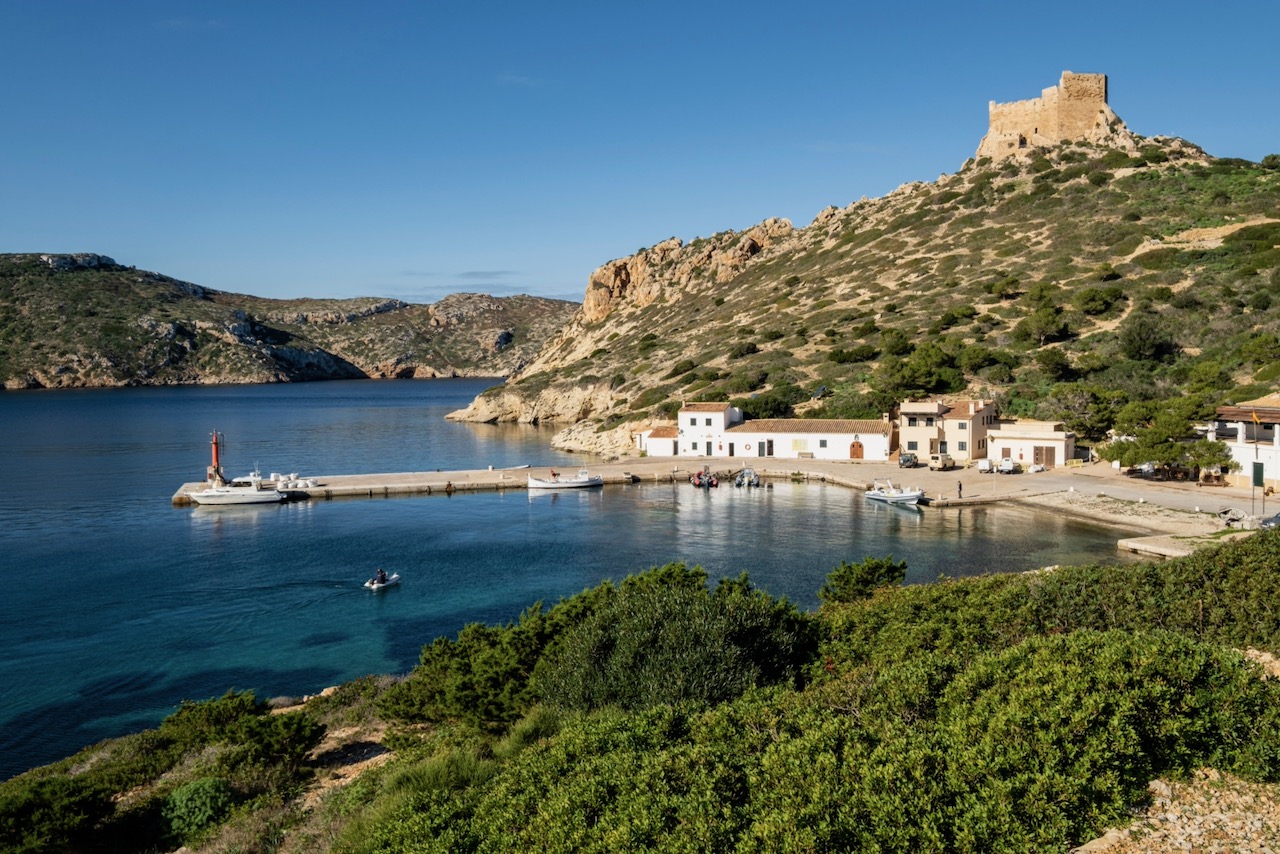
The Big Cheese is one of the best dive sites in Mallorca’s Llevant Marine Protected Area, off the northeast coast of this well-trodden Mediterranean island. With sheltered bays, meadows of Posidonia seagrass and soft corals, it’s easy to spot pipe fish, mullet, bream, dreamfish, painted comber, wrasse and groupers.
After the Barrier Reef and Southeast Asia, I had made a wrong assumption that the Med, as one of the world’s most overfished and heavily trawled seas, hadn’t much to offer in terms of diving.
Back in 2007, the Cala Ratjada Fishers’ Association saw that rather than depriving them of their livelihoods, strictly protecting this 11,000-hectare (27,000-acre) site from industrial activity would, in fact, improve fishing with more abundant and bigger species. Tourism, diving and boating have been thriving, as people flock to the natural beauty and nature the area has to offer. It’s one of a number of such oases in a man-made marine desert.
Worryingly, despite their status, many marine protected areas in the Med are actually not protected. In particular, bottom trawling, one of the most damaging fishing methods, which bulldozes the seabed and scoops up everything in its path, is rife in these vulnerable areas – even close to the shore.
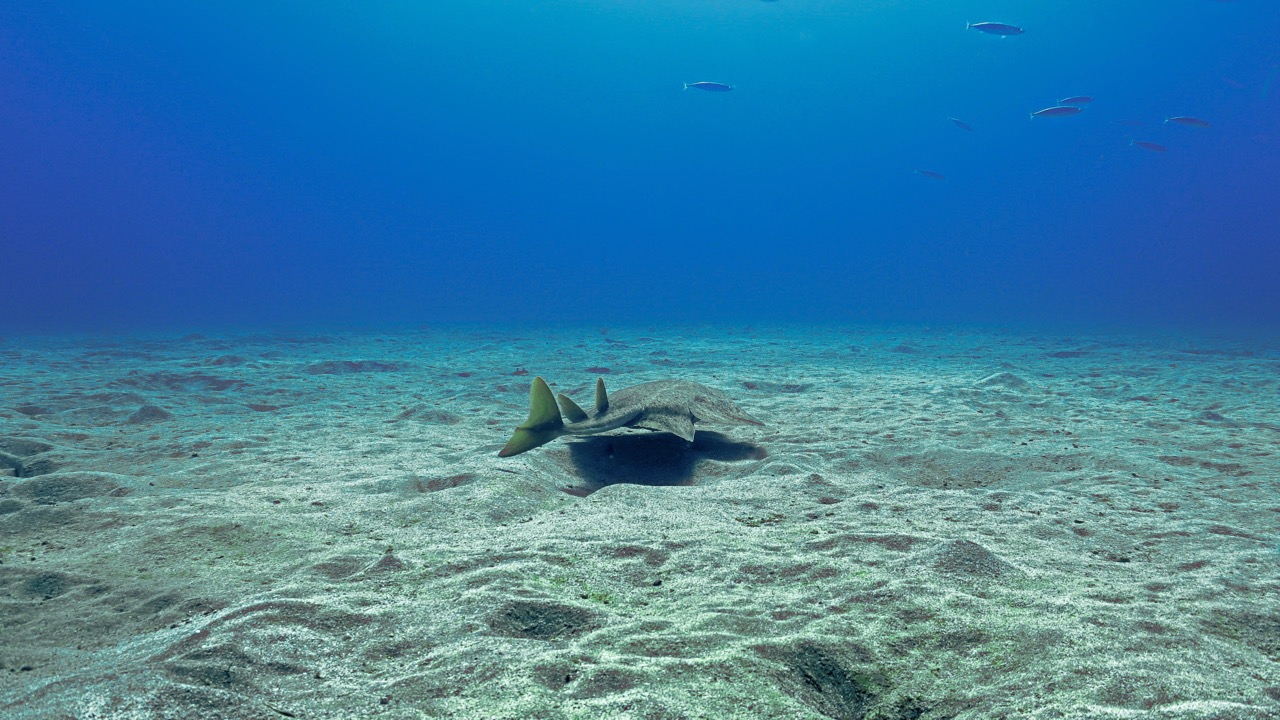
One of the Med species most affected by trawling are angel sharks. Once widespread throughout Europe’s seas, they’re now seriously endangered in European waters and just one step away from extinction.
New vessel monitoring data shows that last year Spanish marine protected areas were exposed to around 178,223 hours of bottom trawling, with some areas, including the Menorca channel – just a few hundred kilometers away from the Llevant, recording tens of thousands of hours of trawling.
Countries such as Spain have pledged to protect 30% of their waters as marine protected areas by 2030. While this looks great on paper, the reality paints a very different picture.
As divers, we know more than most that healthy seas are essential for our wellbeing. We see firsthand what amazing beauty and value there is in life underwater. So, let’s dive deep – both literally and metaphorically. Let’s understand what’s happening in and around where we are diving so that we can use our voice to protect the places that we love, and fight for the ones that need to be recovered.
In Europe, our leaders have the power to end bottom trawling, and it should start with an immediate ban in marine protected areas and inshore zones. If you want to see an end to this destructive practice, and our oceans protected, please sign the petition here.
This article was written by Gina Lovett, Environmental Initiatives Manager, Patagonia EMEA.

